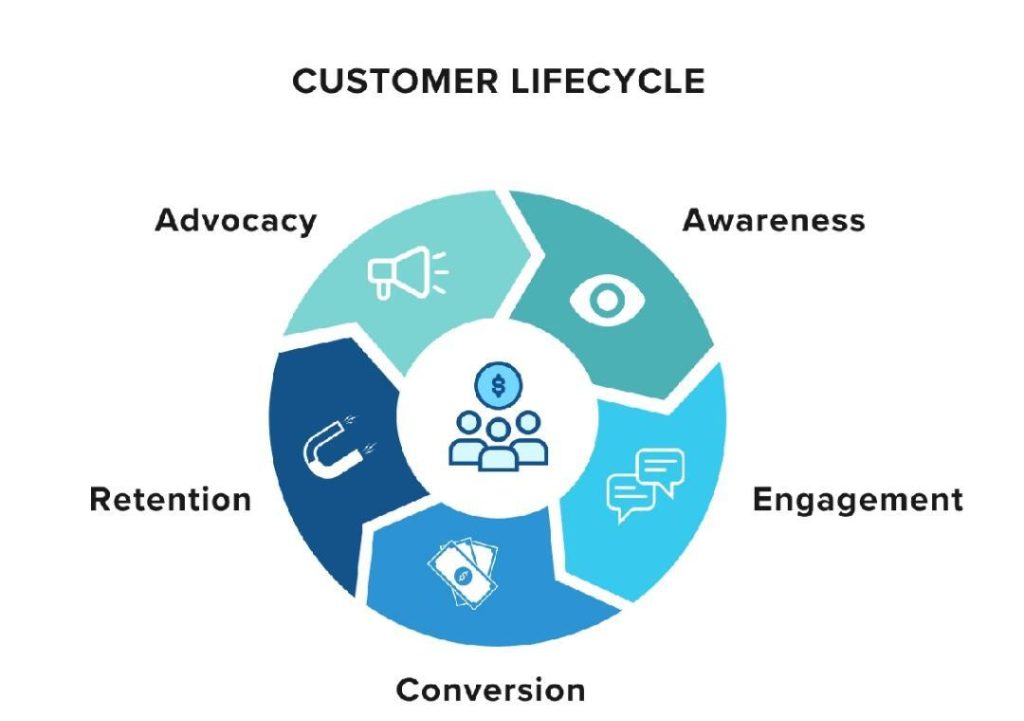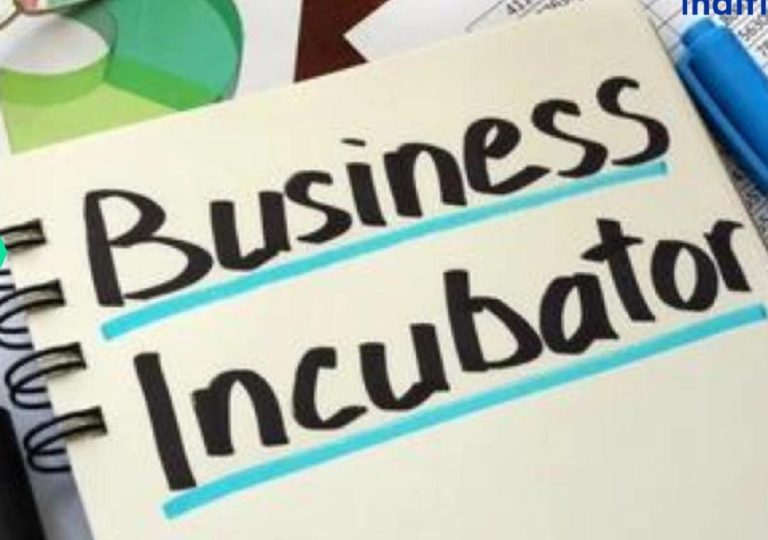
What Drives Effective Customer Lifecycle Management?
In today’s fast-paced and competitive business landscape, understanding the customer journey is crucial for driving growth, revenue, and long-term success. Customer Lifecycle Management (CLM) is a strategic approach that tracks and optimizes every phase of the customer journey, from acquisition to advocacy. By leveraging data insights and automation, businesses can retain more users, reduce churn, and increase lifetime value. In this blog post, we will explore the key drivers of effective Customer Lifecycle Management and how brands can turn one-time buyers into repeat advocates.
Understanding the Customer Lifecycle
The customer lifecycle is a series of stages that customers go through, from the initial awareness of a brand to becoming a loyal advocate. The five main phases of the customer lifecycle are:
- Acquisition: This is the initial stage where customers become aware of a brand and its products or services. Acquisition can be achieved through various marketing channels, such as social media, advertising, and content marketing.
- Activation: Once a customer has acquired a product or service, the activation stage begins. This is where the customer starts to use and engage with the product or service.
- Retention: The retention stage is where customers become repeat buyers and continue to use and engage with a brand’s products or services. Retention is critical for building long-term relationships and driving revenue growth.
- Monetization: The monetization stage is where customers become profitable for a business. This can be achieved through upselling, cross-selling, and offering premium products or services.
- Advocacy: The final stage of the customer lifecycle is advocacy, where customers become loyal advocates of a brand and recommend its products or services to others.
Mapping the Customer Journey
To drive effective Customer Lifecycle Management, businesses need to map the customer journey across all touchpoints and channels. This involves understanding customer behavior, preferences, and pain points at each stage of the lifecycle. By mapping the customer journey, businesses can identify opportunities to improve the customer experience, reduce friction, and increase engagement.
Segmenting Behavior
Segmenting customer behavior is critical for delivering personalized experiences and driving effective Customer Lifecycle Management. By segmenting customers based on their behavior, demographics, and preferences, businesses can create targeted marketing campaigns, offers, and communications that resonate with each segment. For example, a business may segment its customers based on their purchase history, browsing behavior, or engagement with its products or services.
Automating Touchpoints
Automation is a key driver of effective Customer Lifecycle Management. By automating touchpoints, such as welcome series, re-engagement campaigns, and loyalty programs, businesses can streamline the customer journey and reduce manual intervention. Automation also enables businesses to scale their customer lifecycle management efforts, making it possible to manage large volumes of customers across multiple channels and touchpoints.
Welcome Series
A welcome series is a critical touchpoint in the customer lifecycle, as it sets the tone for the customer’s journey with a brand. A welcome series typically consists of a series of emails or messages that introduce customers to a brand’s products or services, provide tips and tutorials, and offer special promotions or discounts. By automating the welcome series, businesses can ensure that customers receive a consistent and personalized experience, regardless of the channel or touchpoint.
Re-Engagement Campaigns
Re-engagement campaigns are designed to win back inactive or dormant customers. These campaigns typically involve targeted marketing messages, offers, or promotions that encourage customers to re-engage with a brand’s products or services. By automating re-engagement campaigns, businesses can identify inactive customers, personalize the messaging and offers, and track the effectiveness of the campaigns.
Loyalty Programs
Loyalty programs are a powerful way to drive customer retention and advocacy. By rewarding customers for their loyalty and repeat purchases, businesses can create a positive and engaging experience that encourages customers to continue doing business with them. By automating loyalty programs, businesses can streamline the rewards and redemption process, making it easy for customers to earn and redeem points or rewards.
Data Insights
Data insights are critical for driving effective Customer Lifecycle Management. By leveraging data and analytics, businesses can gain a deeper understanding of customer behavior, preferences, and pain points. Data insights can also help businesses identify opportunities to improve the customer experience, optimize marketing campaigns, and drive revenue growth.
Turning One-Time Buyers into Repeat Advocates
Turning one-time buyers into repeat advocates requires a deep understanding of the customer lifecycle and a strategic approach to Customer Lifecycle Management. By mapping the customer journey, segmenting behavior, automating touchpoints, and leveraging data insights, businesses can create a personalized and engaging experience that drives loyalty and advocacy. Additionally, businesses can use loyalty programs, rewards, and incentives to encourage customers to repeat purchases and recommend their products or services to others.
In conclusion, effective Customer Lifecycle Management is critical for driving growth, revenue, and long-term success. By understanding the customer lifecycle, mapping the customer journey, segmenting behavior, automating touchpoints, and leveraging data insights, businesses can retain more users, reduce churn, and increase lifetime value. By turning one-time buyers into repeat advocates, businesses can create a loyal customer base that drives revenue growth and fuels long-term success.
For more information on Customer Lifecycle Management, please visit: https://www.growthjockey.com/blogs/customer-lifecycle-management-guide






